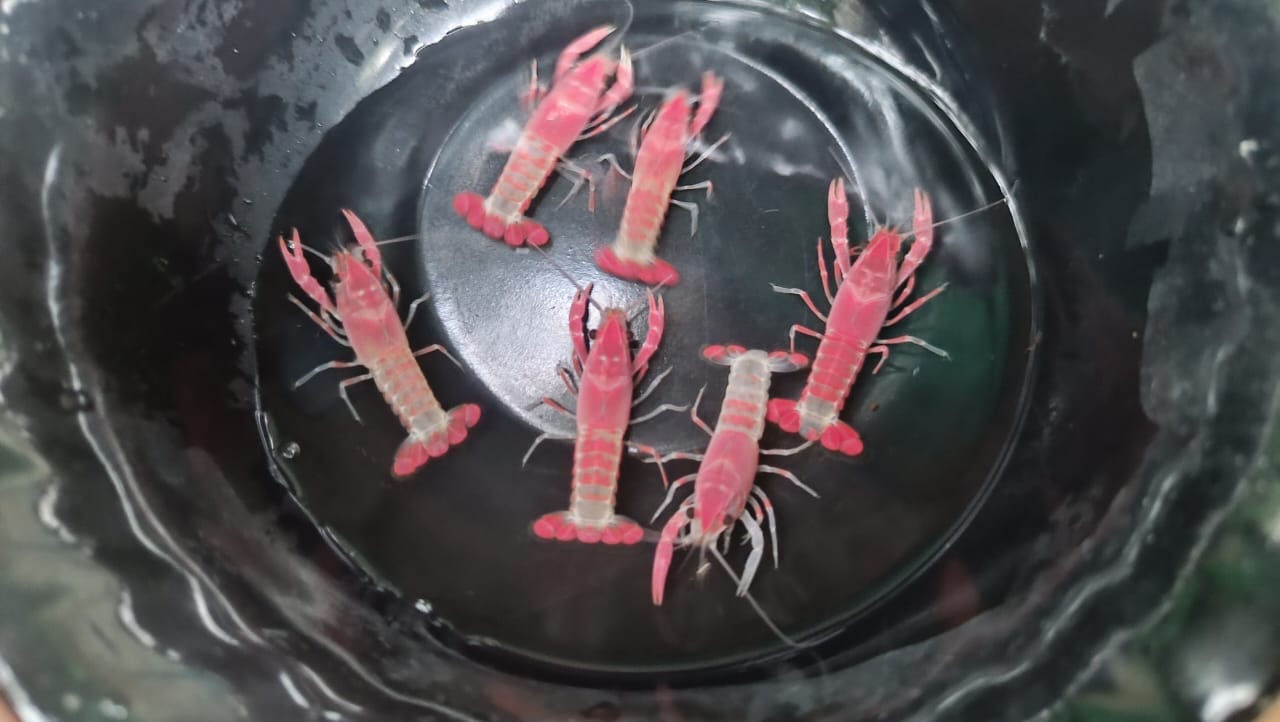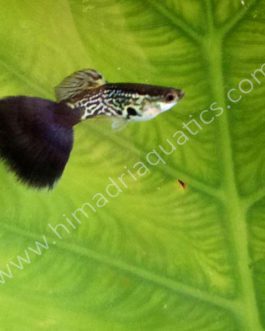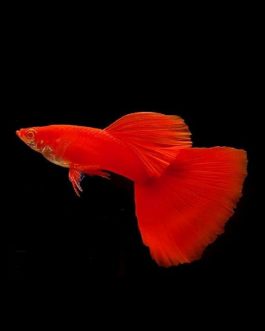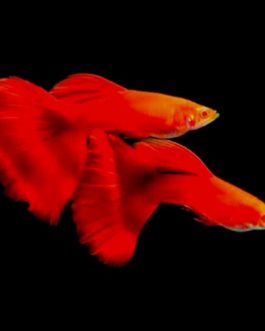Apistograma panduro rare ( 4 pcs)
Original price was: ₹1900.₹1800Current price is: ₹1800.
Out of stock
Email when stock available
Description
Note- the video of actual product is shown below
https://youtube.com/shorts/g0fo2PcmKV0
Size – 1 to 1.5 inch
Apistogramma panduro (Panduro’s Dwarf Cichlid) 🐟💙
— A colorful and fascinating South American dwarf cichlid species
🌍 Basic Overview
-
Scientific name: Apistogramma panduro
-
Common names: Panduro’s Apisto, Blue Panda Apistogramma, Pandurini
-
Origin: Amazon Basin — mainly in Peru (rivers near the Ucayali region)
-
Family: Cichlidae
-
Size: Males up to 7 cm (2.7 in), females smaller at 4–5 cm (1.6–2 in)
-
Lifespan: 3–5 years with good care
-
Temperament: Semi-aggressive, especially when breeding
🏞️ Tank Setup
-
Minimum tank size: 60 liters (15–20 gallons) for a pair
-
Aquascape style: Amazon biotope or natural planted tank
-
Substrate: Fine sand — they sift it while feeding
-
Decor: Caves (for breeding), driftwood, dried leaves (like Indian almond leaves), and live plants
-
Lighting: Dim to moderate
-
Filtration: Gentle but efficient — they prefer calm water
💧 Water Parameters
| Parameter | Ideal Range |
|---|---|
| Temperature | 25–29°C (77–84°F) |
| pH | 5.0–6.5 (soft, acidic water) |
| Hardness | 1–8 dGH |
| TDS | 50–150 ppm |
| Flow | Gentle to moderate |
🍽️ Diet
Omnivorous with a preference for meaty foods:
-
Live/frozen foods: Daphnia, brine shrimp, bloodworms, mosquito larvae
-
High-quality pellets or flakes for dwarf cichlids
-
Occasional greens: Spirulina-based flakes or blanched spinach
Feed small portions 1–2 times daily.
👫 Behavior & Tank Mates
-
Best kept as one male with one or multiple females (harem setup).
-
Males are territorial — avoid multiple males in small tanks.
-
Suitable tank mates:
-
Peaceful tetras (neon, ember, rummynose)
-
Pencilfish
-
Corydoras (upper or mid-level types)
-
Otocinclus
-
-
Avoid fin-nippers or aggressive species.
🐣 Breeding
-
Type: Cave spawner
-
Courtship: Female chooses and cleans a cave; lays 30–60 eggs
-
Parental care: Female guards eggs and fry; male defends territory
-
Fry feeding: Infusoria → baby brine shrimp after 4–5 days
Soft, warm, acidic water is crucial for successful breeding.
✨ Color & Identification
-
Male: Bright blue and violet body sheen, extended dorsal and tail fins, black face band
-
Female: Yellow body during breeding, with distinct black spot on the side and dorsal fin edge
-
Juveniles: Grayish with faint markings
Only logged in customers who have purchased this product may leave a review.









Reviews
There are no reviews yet.